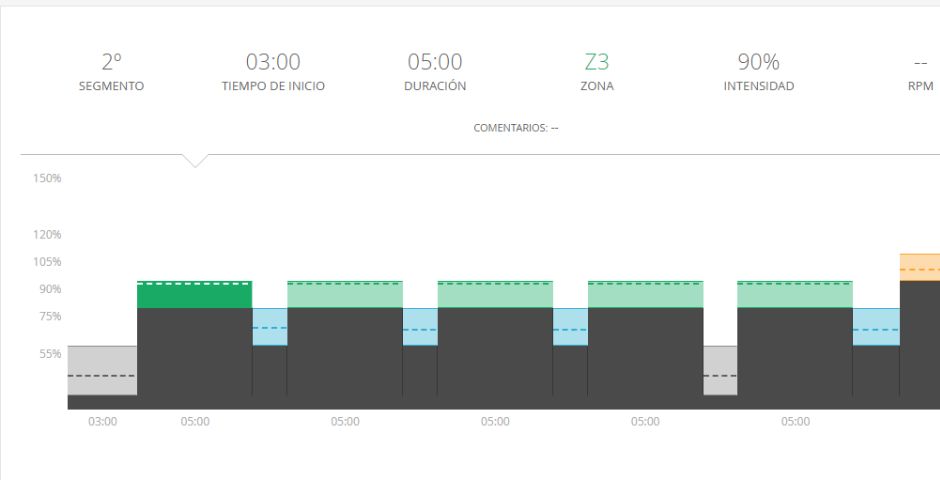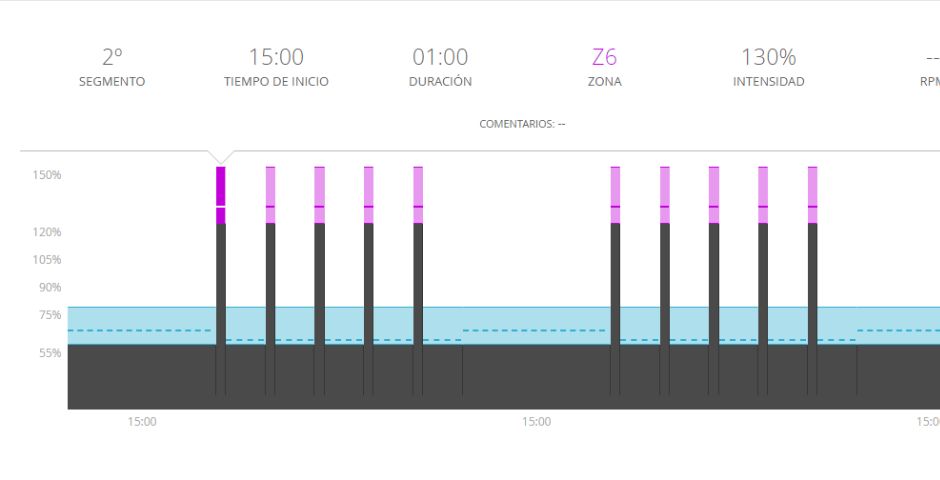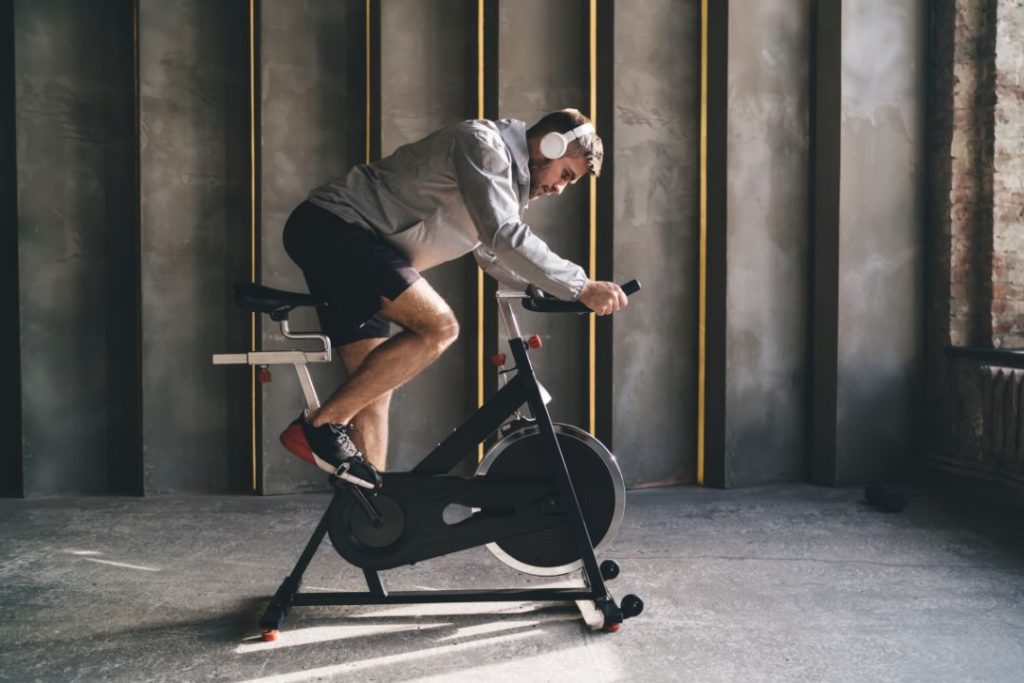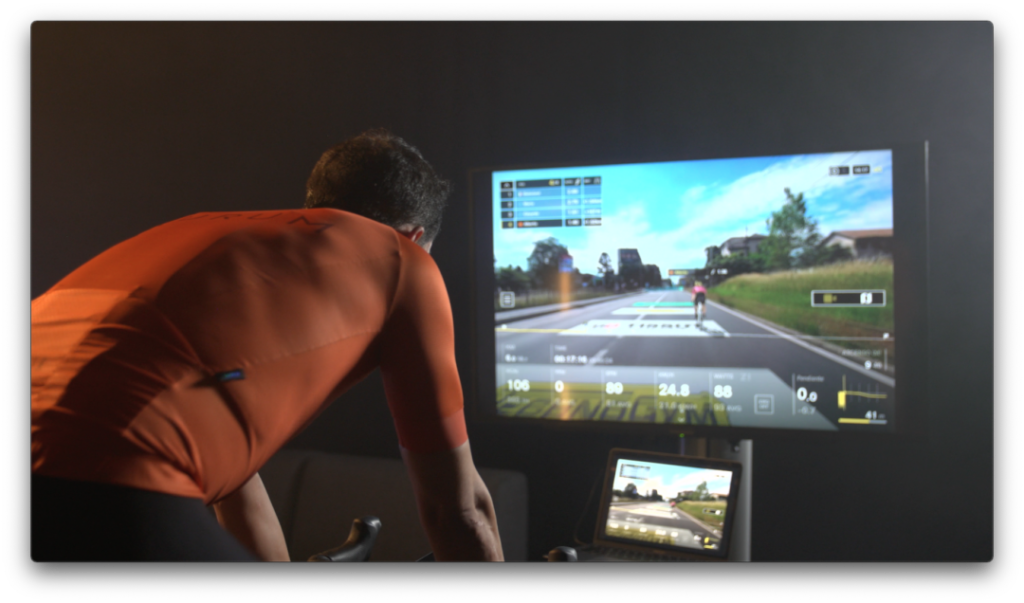In any sport there is debate about which training methods, philosophies or techniques produce the most and best benefits. In the world of cycling, the discussion is just as wide-ranging.
Cycling is a sport that requires a combination of strength, endurance and skill. When it comes to pure cycling sessions – leaving aside gym sessions or other cross-training – there are two main approaches to training planning: long training intervals and short training intervals.
What are long training intervals?
Long training intervals consist of training blocks where we perform repetitions of a duration of around 3-5 minutes at a moderate intensity. This approach aims to improve a cyclist’s endurance and aerobic capacity.

What are short training intervals?
On the other hand, short training intervals focus on improving a cyclist’s strength and power. These sessions involve performing short, intense repetitions with durations ranging from 5 seconds to one minute in duration.

Which intervals are best?
Each approach has its advantages and disadvantages. Long training intervals allow cyclists to improve their endurance and aerobic capacity, but they can be more demanding and require a greater amount of time. On the other hand, short training intervals are more effective for improving strength and power, but can be very intense and require adequate recovery.
Over the years, the scientific literature has shown that both training approaches have their advantages and can be effective in improving cycling performance. The final choice depends on each cyclist’s individual goals and fitness level.
However, if you are one of those cyclists whose time is a scarce commodity, be aware that the most recent studies point to the greater gains of short interval training versus long intervals.
Such is the case of a study published in 2020 in the Scandinavian Journal of Medicine & Science in Sports, comparing the effects of longer versus shorter interval training in highly trained cyclists.
The research involved 18 elite male cyclists. Half of the group performed 4 x 5-minute intervals with 2:30 minutes of recovery. The other half performed three sets of 13 x 30 seconds with 15 seconds recovery and 3:00 minutes between sets. The total interval time was the same (20 minutes for long intervals and 19.5 minutes for short intervals) for all cyclists, and both groups were instructed to perform the intervals at their maximum sustainable intensity, with the goal of generating the highest possible average power during each interval session.
After three weeks of the protocol, the cyclists who performed the 30-second sets experienced the greatest improvement: the short-interval group improved their average power output over a 20-minute cycling test by 4.7 percent, compared with no significant improvement among the long-interval cyclists. The short-interval cyclists also saw significant increases in their maximal aerobic power and power output at the lactate threshold.
How to do intervals at BKOOL
At BKOOL we have a great tool that allows you to set up your sessions to your liking. In our Workouts Creator you can design workouts a la carte, depending on your time and your goals.
But also, if you don’t want to waste time, you can go straight to action by choosing your session from our Workouts library. You can filter by duration, difficulty or work zones, and you can perform recovery workouts or sessions to improve your threshold or your maximum oxygen consumption.
And you, are you a long interval or short interval user?

BKOOL is the most complete cycling simulator on the market, try it FREE for 7 days!
 Go to BKOOL
Go to BKOOL





